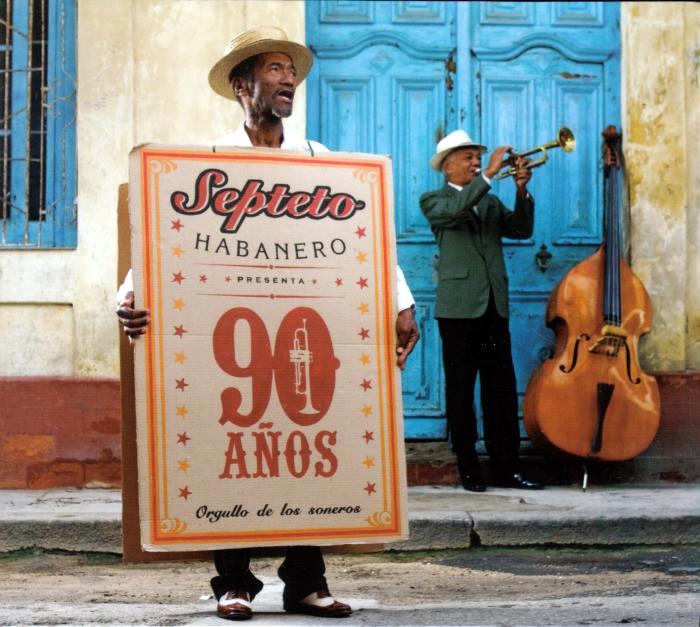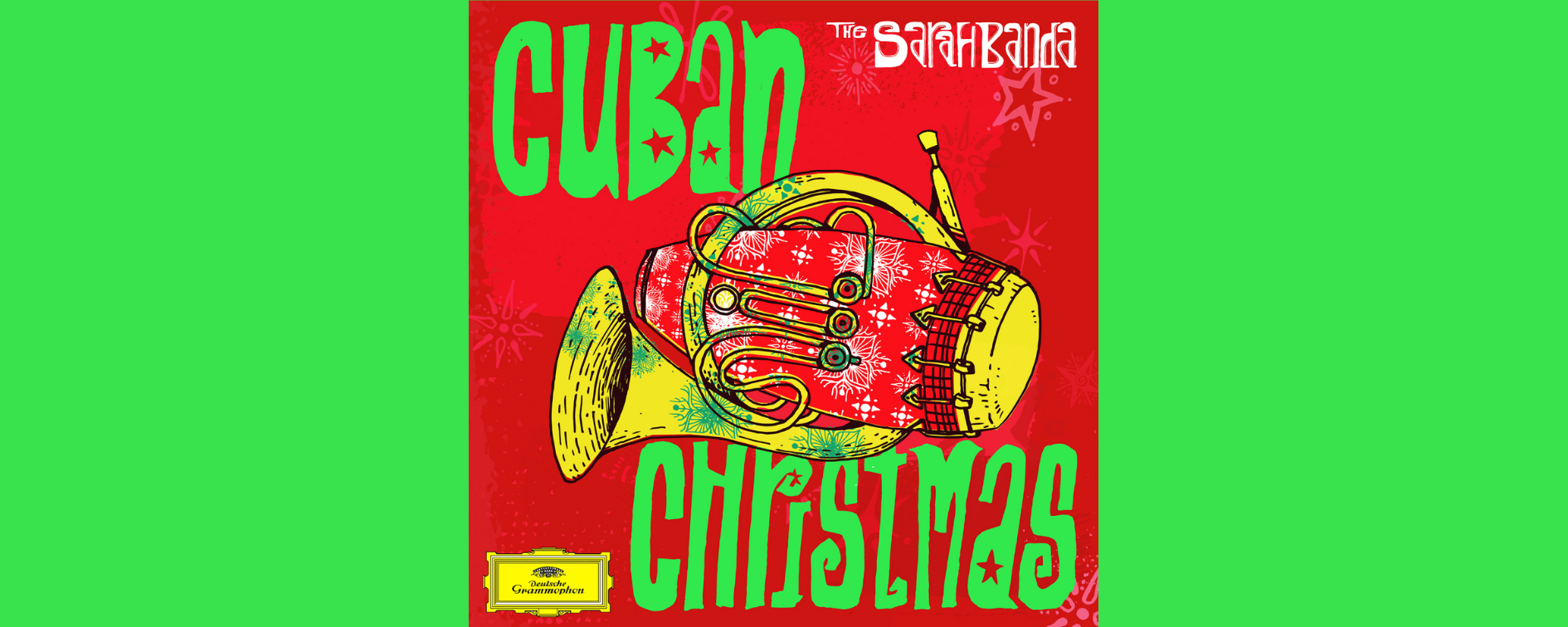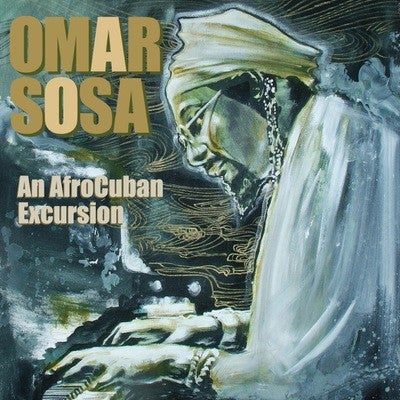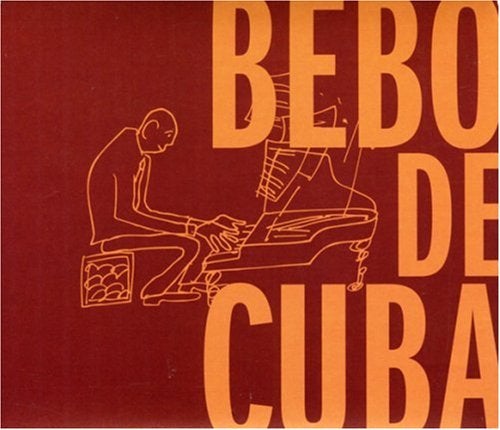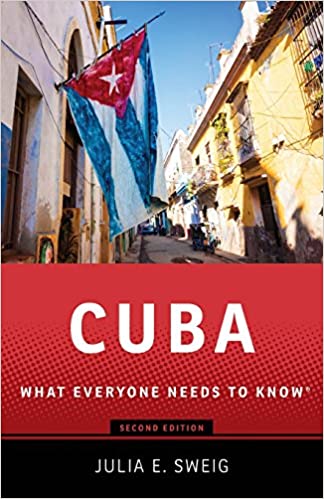Septeto Habanero’s Album: Septeto Habanero Presenta 90 Años, Colibri, 2010 represents the breezy texture of Cuba’s son-styled music which lives on today as a result of pioneering ensembles like Septeto Habanero formed in 1920.
The 2 CD set of 26 charts showcases songs vocally and instrumentally emblematic of Cuba’s historic musical landscape. Son, born in the former province of Oriente, is the most popular of all the Cuban musical genres and when the sound made its way to La Habana, Septeto Habanero was there to greet and embrace it.
From it’s earliest days, the group functioned with a couple of tres guitars, claves, Cuban segundo cajón, maracas and the botija which dates back to 1789 when Santiago, Cuba became a port of arrival for the transatlantic trade in African humans.
News with a little more humanity
WPR’s “Wisconsin Today” newsletter keeps you connected to the state you love without feeling overwhelmed. No paywall. No agenda. No corporate filter.
Originally from Spain and first employed as a container for kerosene or oil, the botija, a potbellied earthenware jug or jar with two openings, was used in the early son sextetos in Cuba as a bass-like instrument.
This is a facinating glimpse into the world of Cuban folk music. The tracks are clean, clear and well-produced for years of listening and dancing enjoyment. From my recent excursion to Cuba, this was the only CD I purchased. Tune-in to Hg in weeks to come to hear treats from this delightful collection of son.
Wisconsin Public Radio, © Copyright 2025, Board of Regents of the University of Wisconsin System and Wisconsin Educational Communications Board.

